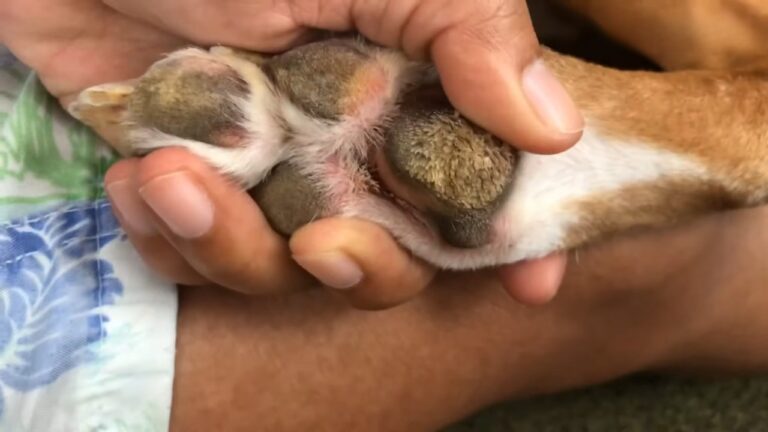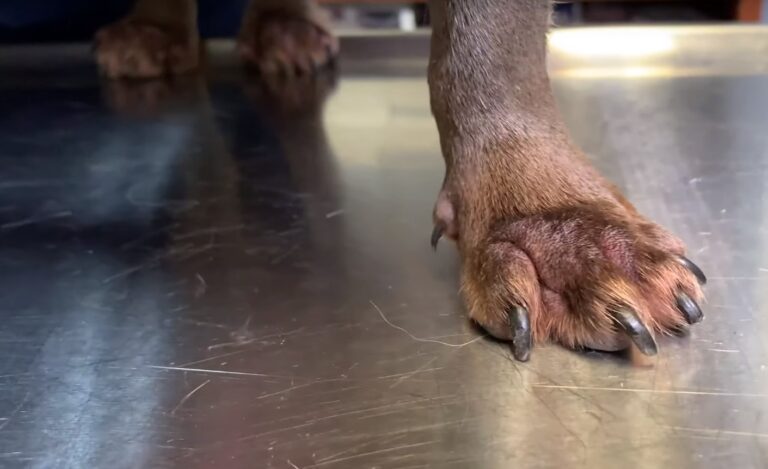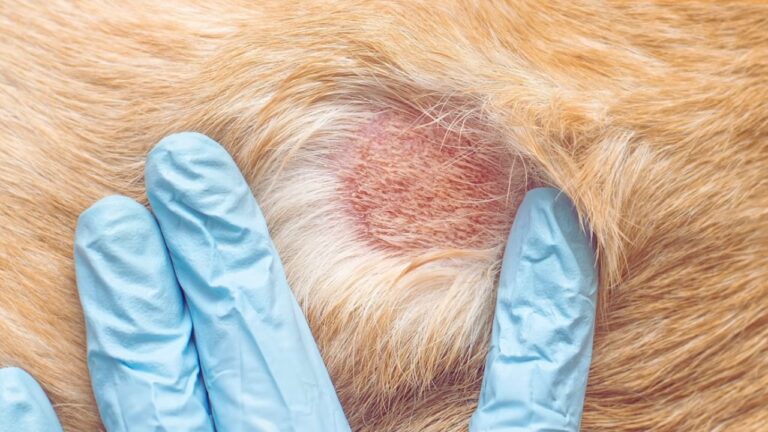Much like human mouths, a dog’s tongue serves as a reflective window into their general condition. Visible variations may signal benign or more serious underlying issues. Thus, periodic oral assessments prove beneficial. During routine interactions, taking note of the tongue’s appearance can help recognize developments warranting veterinary guidance.
Numerous factors may result in the development of bumps or other anomalies on a canine’s tongue. Distinguishing common occurrences from potential concerns allows for well-informed next steps. This article aims to provide a basic understanding of some frequent contributors to oral abnormalities seen in canine companions.
Common Papillomas
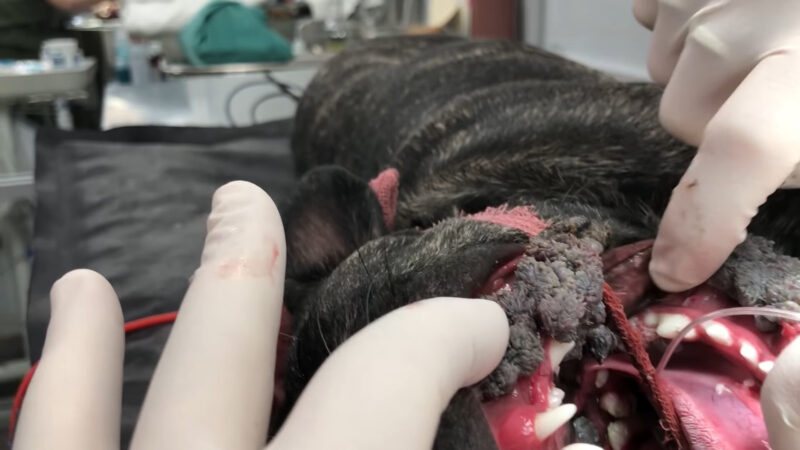
When examining the causes of tongue abnormalities in canines, veterinary sources provide valuable context. According to Malcolm Weir of VCA Hospitals, one particularly common cause is oral papilloma.[1]
Weir explains these growths are small, wart-like lesions that typically present as benign. They most often result from canine papillomavirus exposure. Young dogs remain more susceptible as their immune systems continue developing. Clinically, papillomas usually appear as painless, cauliflower-shaped nodules ranging from white to pink in color.
While alarming in appearance, Weir notes these growths tend to cause no discomfort and often regress naturally within a few months. However, lingering or painful papillomas may require veterinary intervention.
Allergic Reactions: The Immune System’s Response
When exploring potential causes of tongue abnormalities, veterinary laboratory BioReference offers relevant clinical insights. According to their experts, allergies represent another common culprit behind oral bumps in canines.[2]
BioReference experts note dogs, like humans, can experience allergic reactions to an array of triggers including particular foods, medications, and environmental factors. Clinically, these hypersensitivities may manifest on the tongue as raised, inflamed nodules. Additional symptoms could involve irritation, facial swelling, or gastrointestinal issues.
Infections: Bacterial and Fungal Culprits
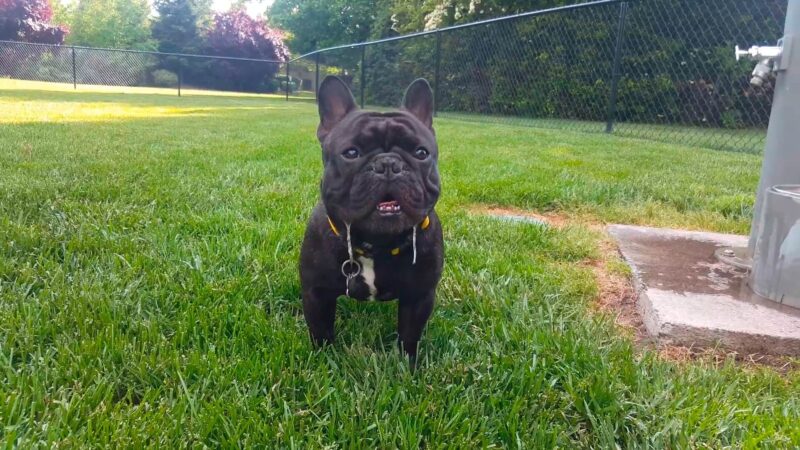
When investigating potential reasons for oral anomalies, industry insights prove informative. As noted by experts at pet service provider Wag Walking, bacterial and fungal infections also represent common culprits.[3]
Conditions such as glossitis, and an inflammatory tongue state, may arise due to diverse infectious agents. Clinically, these may present as painful nodules accompanied by additional signs like foul breath, excess drooling, or appetite changes.
As such, guardians should discuss similar presentations with their veterinarian for appropriate treatment. Practitioners may then prescribe tailored antibiotic or antifungal therapies contingent on the specific infectious cause.
Lichen Planus: A Rare Autoimmune Condition
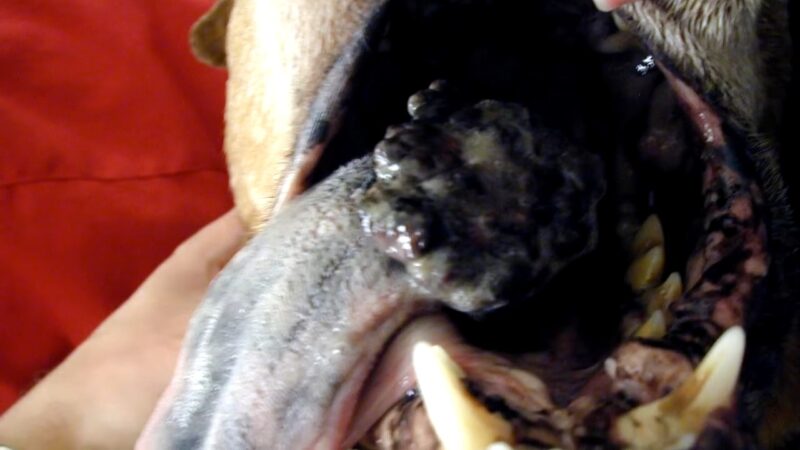
When exploring less common etiologies for oral anomalies, veterinary experts provide valuable perspectives. According to David Grant of Veterinary Practice, lichen planus represents one rare yet possible cause.[4]
Grant notes lichen planus involves an autoimmune reaction, inducing tongue bump formation along with potential mouth ulcers or lesions. The condition’s precise triggers remain uncertain, though it likely relates to immune system dysfunction.
Given its rarity and complex presentation, Grant stresses the importance of practitioner examination for proper lichen planus diagnosis. Only through veterinary evaluation and ongoing management can the most suitable treatment plan be determined.
Neoplasia: When It’s More Serious
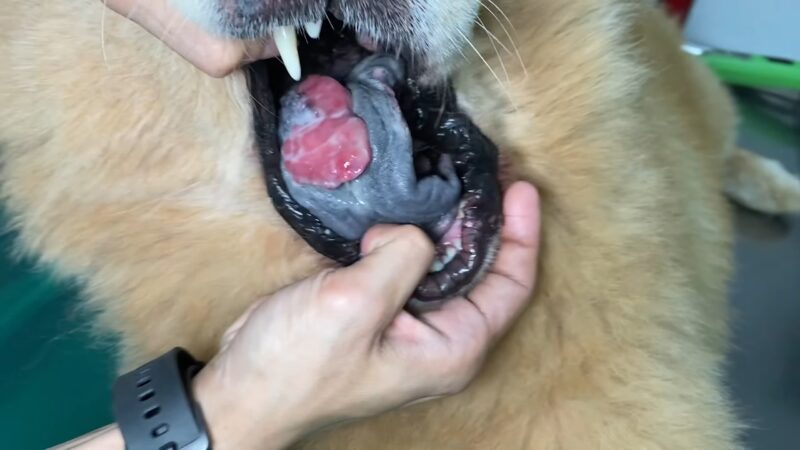
While rare, it’s important pet parents recognize all potential health threats canine companions may face. Unfortunately, in some instances an oral abnormality could indicate an even more serious concern requiring swift action, as noted by the American Veterinary Medical Association.[5]
Specifically, tongue abnormalities in some dogs stem from neoplasia or cancerous growths within the mouth. These tumors vary extensively in their invasiveness and capacity for spread. Associated signs can include obvious lesions, eating difficulties, bleeding, or lingering foul odors.
Early detection and prompt intervention provide the best possible outlook since timely specialized care enhances outcome success. As such, concerned owners should seek veterinary help for any persistent or unusual oral findings. Practitioners can then arrange diagnostic clarification like biopsy and discuss individualized treatment approaches such as surgery, radiation, or chemotherapy if indicated.
Final Words
If you see anything that’s got you worried, don’t delay – get to the vet as soon as you can. They’ve got all the tools and know-how to figure out what’s going on. The vet can examine your pup, maybe do some tests, and help you come up with a plan to get them feeling better.
References
- https://vcahospitals.com/know-your-pet/oral-tumors-papillomas-and-sarcoids
- https://www.bioreference.com/patients/common-diseases/gastric-distress
- https://wagwalking.com/condition/glossitis
- https://www.veterinary-practice.com/article/canine-lichenification
- https://www.avma.org/resources/pet-owners/petcare/cancer-pets

